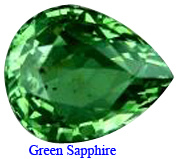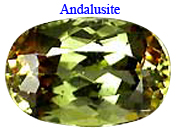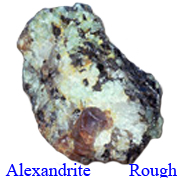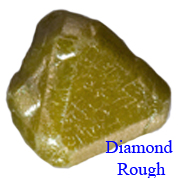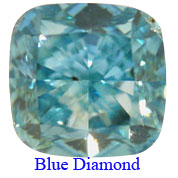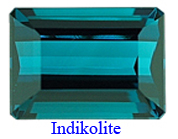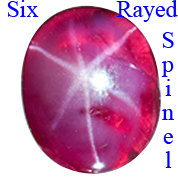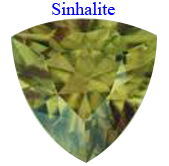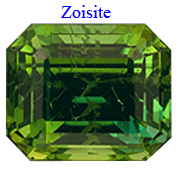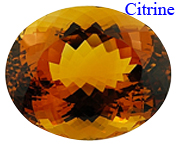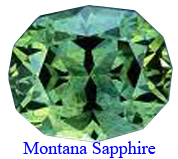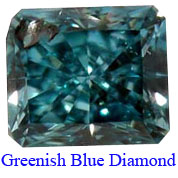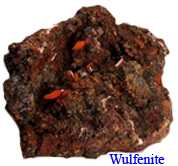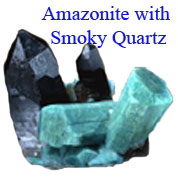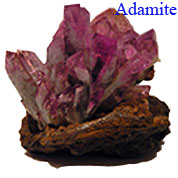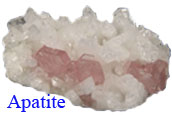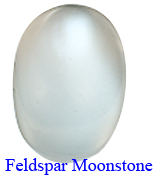The crystalline structure of a gemstone interacts with light in a unique way. So it determines the optical properties of each gem species.
The color of a gem depends on the way it absorbs light. White light is made up of seven colors (Spectrum). Red, Orange, yellow, Green, Blue, Indigo and Violet are the seven colors. When a light is passing through a gemstone some spectral colors are absorbed. Those that are not absorbed passed through or reflected back, giving the gemstone its color. Each gem has a unique color value (Known as its absorption spectrum.) and can visible only viewing with a Spectroscope. Many gems look the same color to the naked eye.
When a ray of light passes from air to gemstone some light rays are reflected but most passes in and light slows down and is bent from its original path (Reflected). When consider a gem the amount of refraction is called Refractive Index (RI).
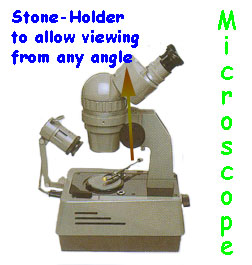
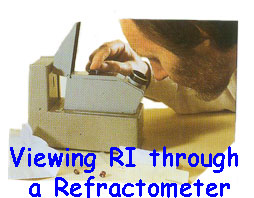
Some gem stones are singly refractive while others are doubly. For example Spinel is singly refractive while Tourmaline is doubly. Singly refractive gemstones are showing a single shadow edge through the spectrometer. Doubly refractive minerals like Tourmaline split light rays in two, producing two shadow edges. The difference between the two gives the “Birefringence”.
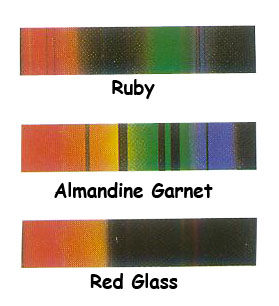
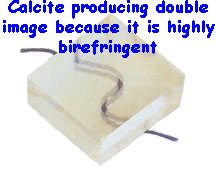
- Vitreous Lustre: The glass like Lustre of a gemstone.
- Metallic Lustre: It displays surface like a precious metal.
- Adamantine Lustre: Gemstones with lustre comparable to diamond is called Adamantine Lustre.
- Greasy Lustre: Displays surface like grease.
- Silky Lustre: Silk like surface can be seen on the gemstone.
- Waxy Lustre: Can be seen Wax like surface on the mineral.
Organic gemstones show a range of greasy Lustre, Silky Lustre and Waxy Lustre.
This is an optical property caused by the reflection of light off structures within a gemstone. It will produced the full range the spectral colors in some stones and others may predominate just one color.
In Opal spheres arranged in regular 3D patterns. So it produces the rainbow affect called Iridescence.
Interference at the junctions of its internal layers in moonstone feldspar producers a shimmering effect just below the surface of the stone. That is called Adularescence, Oplescence or Sheen (Shiller).
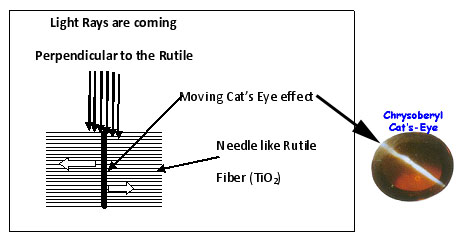
When a gem stone is cut with a doomed, polished surface (It is called Cabochon cut.), the light reflecting from its internal features, such as fibrous or needle like rutile inclusions may create a cat’s eye effect (It is called Chatoyancy) or Asterism.
One set of parallel fibers (Needle like rutile) gives rise to the cat’s eye effect.
Two sets of fiber produce a four-rayed star.
Three sets of fiber produce a six rayed star.
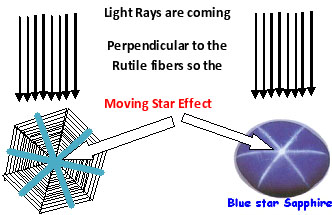
These gems are colored by some elements or other impurities that are not essential part of their chemical composition.
Corundum is colorless when pure. That is called white sapphire. But when metal oxides included as impurities, it will create the red gemstones known as ruby, blue sapphires green sapphires, yellow sapphires, orange sapphires, pink sapphires and pathparadcha. These Allochromatic gems are often susceptible to color enhancement or change.
These gemstones have only one color or show narrow range of colors. Peridot is an example and this gemstone gets the color because of iron is included in their chemical composition.
These gemstones consist of different colored parts. Sometimes it may be made up of two colors, three colors or more. Within the crystal, color may be distributed unevenly. Many varieties of Tourmaline is the best example for this parti- coloring and it may be exhibit as many as 15 different colors.


These stones exhibit one color from one direction and exhibit one or more colors and shades when it viewed from different directions. This is known as Pleochroic.
These are internal features of gemstones. They may be Solids, liquids or gases that the mineral enclosed as it grew. Flows and inclusions are usually seen in stones. A microscope that magnifies 10 to 40 times is the most useful instrument for examine inclusions in a gemstone. Solid and liquid inclusions are formed at the same time as the host minerals are aligned to their atomic structure. The star in star rubies and star sapphires are created by needle like rutile that formed parallel to the crystal face at the same time as the host stone created.



